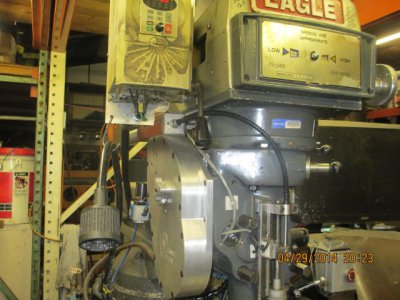Hi Milehi,
You have raised a good question (VFD vs. RPC). Many folks have worked through this before you, so you can get plenty of advise, ideas & opinions. Both of the solutions you are considering can work very well (see responses above). Another solutions is an electronic device, called "Phase Perfect" - more expensive, but can also provide a whole shop solution (gives very good quality 3 phase power - which the machines you spoke of do not need, but certain newer machines do).
If you follow the manufacturer's instructions and the appropriate electrical codes - all the above options will perform well. If you do a poor install - none of the above options will perform very well.
Jim and Ulma presented a good questions, with - how many machines will you be looking at? I started with one machine quite a few years ago. I splurged and bought an off the shelf RPC - from then on, I have mostly aquired 3 phase machines (I have 7 - 3 phase machines plugged in now). With whole shop 3 phase, when there are feed motors, or coolant pump motors - there is no issue powering them (just plug in the machine and everything works).
You said you were wanted the "most efficient" solution. What do you mean by efficient? If you are considering energy efficiency - the RPC is going to lose (as others have pointed out). If you are powering several machines - you only have to sort the issue out once, then connect everything up - the RPC is very efficient on your time.
I use an RPC and I am a home hobby guy (with a day job). I acknowledge that the RPC is not as efficient as other options, but whether I spend a little time in the shop, or a lot of time in the shop - my power bill is really not affected by the lower efficiency of the RPC. I'll bet that if I was running the RPC all day, every day (60 hours a week) - I doubt my power bill would be up by more than $20 (of course, the VFD does not run free either - so I don't see the difference in energy efficiency as a major aspect in the decision).
I have two variable speed machines (drill press with a VFD, and a mill with a Reeves drive) - I really have not found the variable speed (or lack thereof on both lathes and my original mill) as a big deal. Multi-speed machines have been around a long time, with a lot of very good work done on them. Certainly VFD is a nice to have. However, gears are simple, strong and you get full torque at the low speed (VFDs don't have great turn down - with much torque left). VFDs are nice, but they have short comings (supposedly hard on non-rated motors).
Let us know what you finally decide on.


